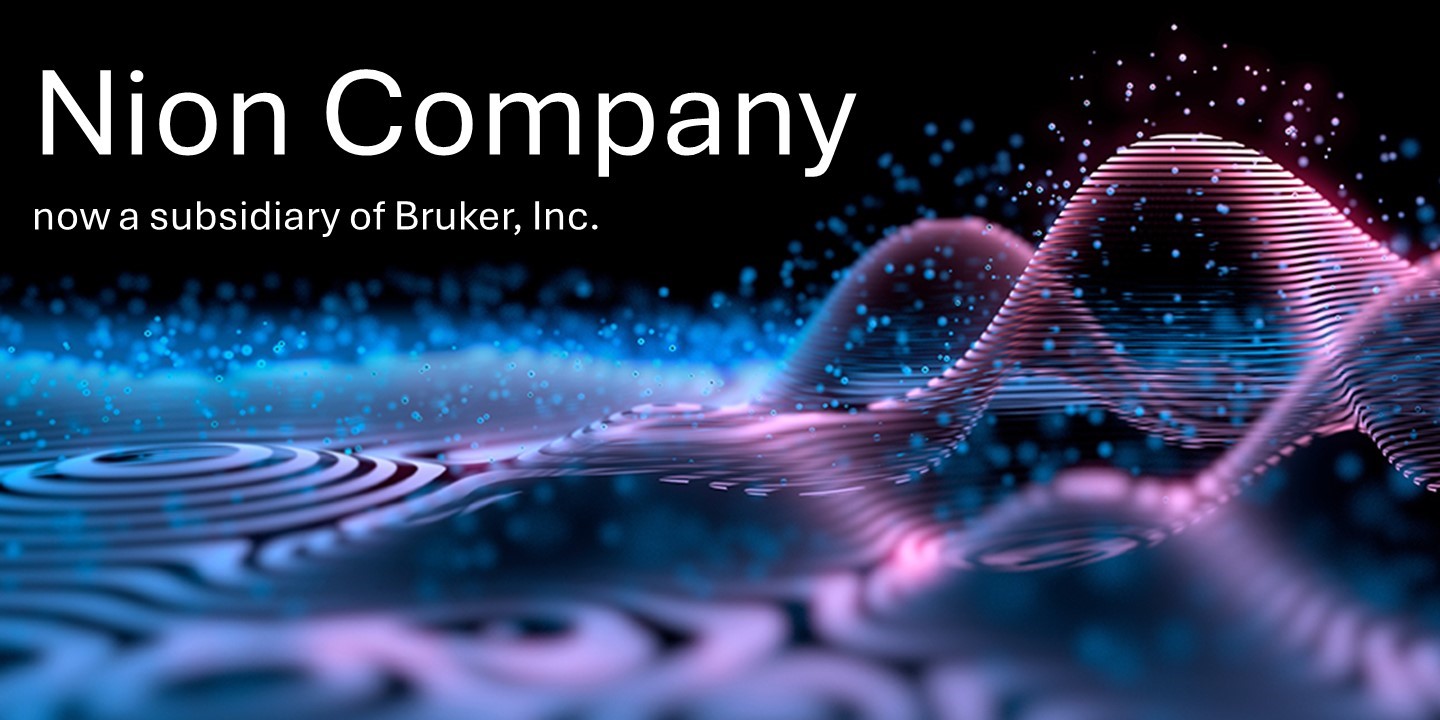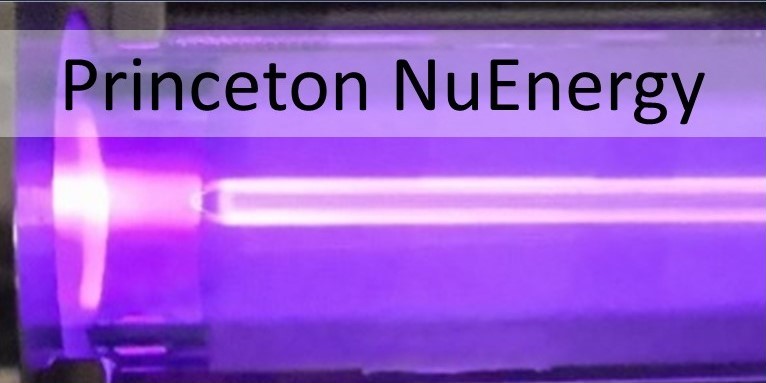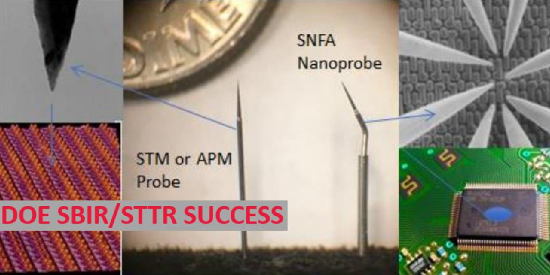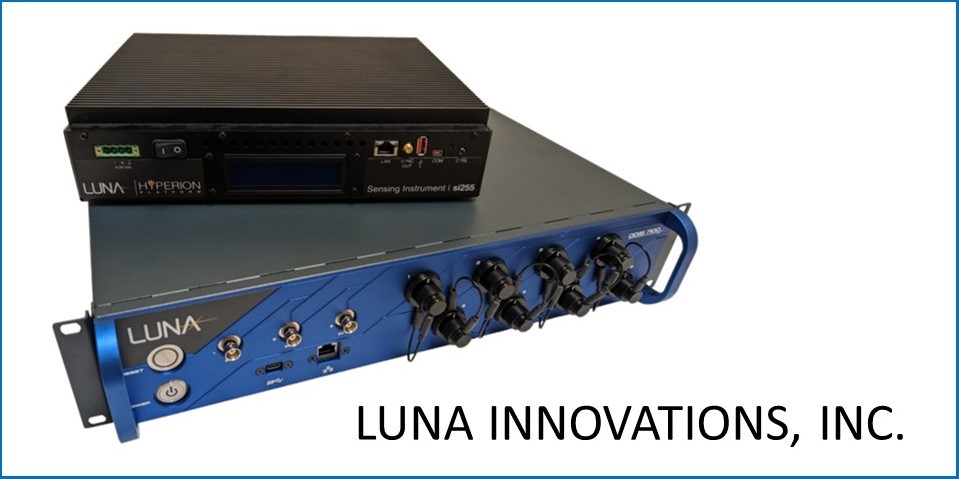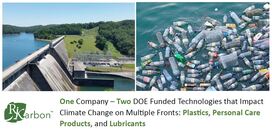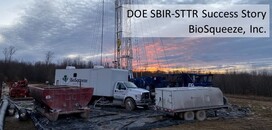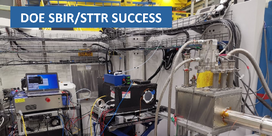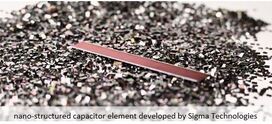Phase III Success Stories
DOE provides nearly $300M annually to SBIR/STTR awardees in two (2) releases funding ~400 Phase I awards and ~160 Phase II awards. It is the expectation of Congress that technology developed using these designated taxpayer funds result in some form of public benefit whether it be in the form of taxable revenue, jobs or some other societal or scientific benefit.
Success stories are written to highlight small businesses that have successfully transitioned their SBIR/STTR funded technology to Phase III. Phase III refers to work that derives from, extends, or completes an effort made under prior SBIR/STTR Funding agreements, but is funded by sources other than the SBIR/STTR programs. Phase III work is typically oriented towards commercialization of SBIR/STTR research or technology, including through further research and development work. Learn more about Phase III by watching this DOE workshop recording on Navigating Phase III Contracting from September 2023.
Have a success story to share? Contact Carol Rabke or Dave McCarthy.
2023 SBIR/STTR Small Business of the Year
Each year DOE’s Office of Small and Disadvantaged Business Utilization (OSDBU) asks the program offices to send in nominations for the SBIR/STTR Small Business of the Year. The award recognizes a U.S. small business that exemplifies the spirit of DOE’s SBIR/STTR programs by strengthening and expanding its high-technology research and development (R&D) competitiveness within DOE and/or the private sector. Competitively vetted with many worthy nominees, the awardee is to excel at one or more of the following criteria:
- Stimulating U.S. technological innovation and enhancing the nation’s return on its DOE SBIR/STTR investment.
- Providing the DOE and/or its national laboratories, research facilities, or university research partners the benefits of commercial applications derived from DOE SBIR/STTR funded R&D.
- Stimulating U.S. economic growth and/or increasing private-sector commercialization of innovations as a result or in part of DOE SBIR/STTR funded R&D.
Congratulations to Tetramer (dba VBASE Oil Company), the 2023 OSDBU selection! A success story is underway and will be available later this summer!

